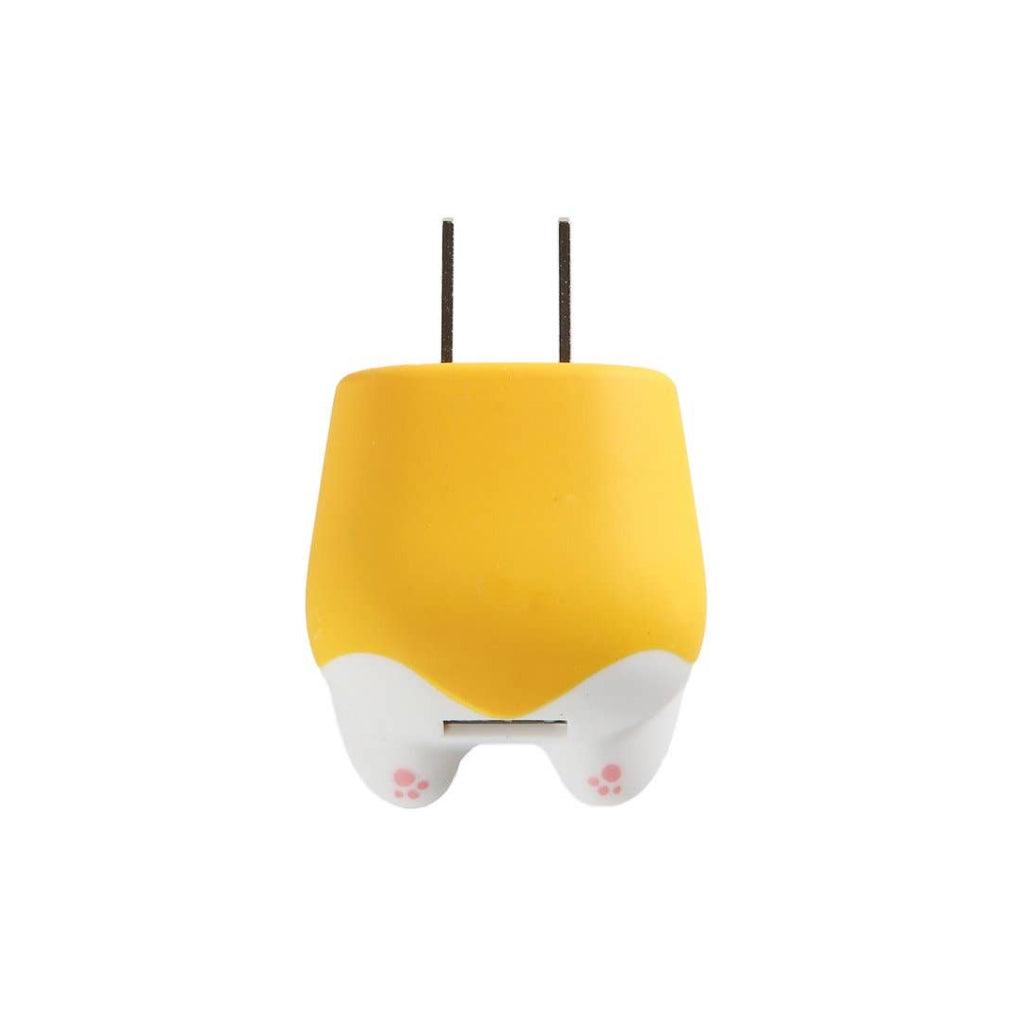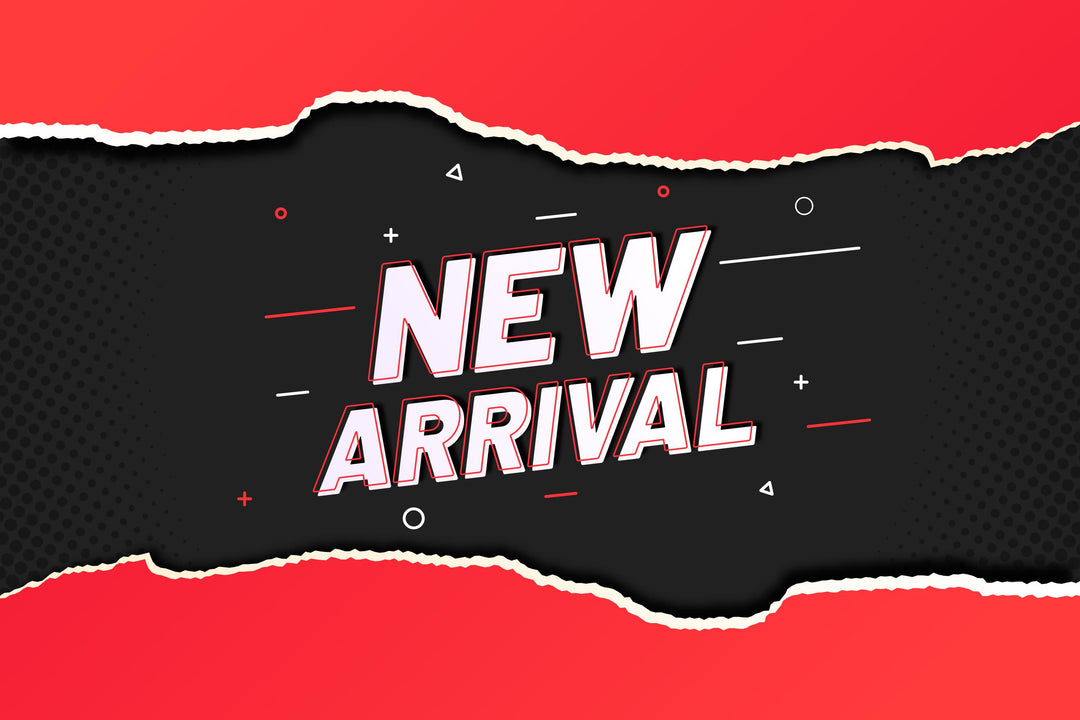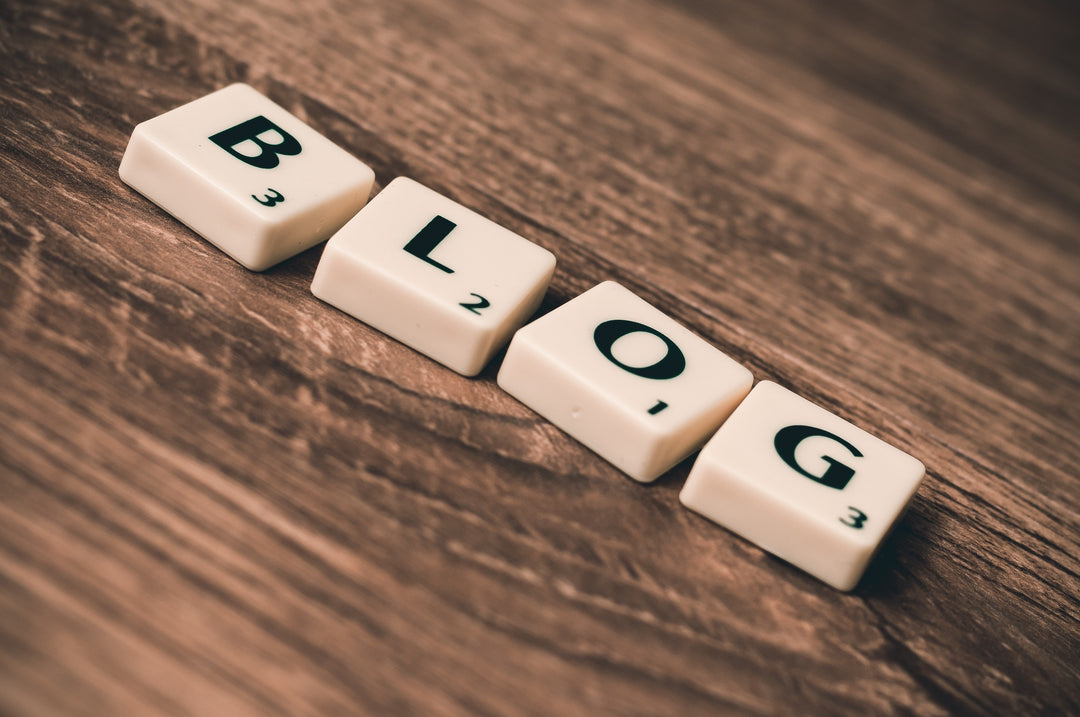Essential Feeding Supplies for Introducing Solids to Infants
"Essential tools for a smooth transition to solid foods for your little one."
Introducing solids to infants is an exciting milestone in their development. It is important to have the right feeding supplies to make this transition smooth and enjoyable for both the baby and the caregiver. Here are some essential feeding supplies for introducing solids to infants:
Best Baby Feeding Utensils for Introducing Solids
Introducing solids to your infant is an exciting milestone in their development. It's a time when they start exploring new tastes and textures, and it's important to have the right feeding supplies to make the transition smooth and enjoyable for both you and your little one.
One of the essential feeding supplies for introducing solids to infants is a high chair. A high chair provides a safe and comfortable place for your baby to sit while they eat. Look for a high chair that is easy to clean and has a secure harness to keep your baby in place. Some high chairs also come with adjustable trays that can be removed for easy cleaning.
Another important feeding supply for introducing solids is a set of baby spoons. Baby spoons are specially designed for little mouths and are gentle on your baby's gums. Look for spoons that are made of soft silicone or rubber and have a shallow bowl to make it easier for your baby to scoop up food. It's also a good idea to have a variety of spoon sizes and shapes to see what works best for your baby.
In addition to baby spoons, you'll also need a set of baby bowls or plates. Baby bowls are great for serving purees and soft foods, while plates are perfect for finger foods and small snacks. Look for bowls and plates that are microwave and dishwasher safe for easy cleaning. It's also a good idea to have a few extra bowls and plates on hand in case of spills or accidents.
When it comes to introducing solids to your infant, bibs are a must-have feeding supply. Babies can be messy eaters, and bibs help protect their clothes from food stains. Look for bibs that are waterproof and easy to wipe clean. Some bibs also come with a pocket to catch crumbs and spills, making cleanup a breeze.
Another essential feeding supply for introducing solids is a sippy cup. Sippy cups are great for transitioning your baby from breastmilk or formula to water or juice. Look for a sippy cup that is easy for your baby to hold and has a spill-proof design. It's also a good idea to have a few extra sippy cups on hand in case one gets lost or damaged.
As your baby gets older and more independent, you may want to consider investing in a set of baby utensils. Baby utensils are specially designed for little hands and mouths and can help your baby learn how to feed themselves. Look for utensils that are easy to grip and have rounded edges to prevent injuries. It's also a good idea to have a few extra utensils on hand in case some get lost or misplaced.
Introducing solids to your infant is an exciting time, and having the right feeding supplies can make the process easier and more enjoyable for both you and your baby. From high chairs and baby spoons to bibs and sippy cups, there are plenty of feeding supplies to choose from. With the right tools, you can help your baby explore new tastes and textures and develop healthy eating habits that will last a lifetime.
Essential Baby Feeding Bowls and Plates
Introducing solids to your infant is an exciting milestone in their development. It's a time when they start exploring new tastes and textures, and it's important to have the right feeding supplies to make the transition smooth and enjoyable for both you and your little one.
One of the essential feeding supplies for introducing solids to infants is baby feeding bowls and plates. These are specially designed to be safe and easy for babies to use, and they come in a variety of shapes, sizes, and materials to suit your needs.
When choosing baby feeding bowls and plates, it's important to look for ones that are made from safe materials such as BPA-free plastic, silicone, or stainless steel. These materials are non-toxic and easy to clean, making them ideal for feeding your baby.
Silicone baby feeding bowls and plates are a popular choice among parents because they are soft, flexible, and easy for babies to grip. They are also dishwasher safe, making clean-up a breeze. Silicone is a durable material that can withstand high temperatures, so you can safely heat up food in the microwave without worrying about damaging the bowl or plate.
Stainless steel baby feeding bowls and plates are another great option for parents who prefer a more traditional look. Stainless steel is a durable material that is resistant to stains and odors, making it ideal for long-term use. These bowls and plates are also dishwasher safe and can be used in the microwave, making them versatile and convenient for busy parents.
Baby feeding bowls and plates come in a variety of sizes to accommodate different portion sizes and feeding needs. Some bowls and plates have suction cups on the bottom to prevent them from sliding around on the table or high chair tray, making mealtime less messy and more enjoyable for both you and your baby.
When introducing solids to your infant, it's important to start with small portions and gradually increase the amount as they become more comfortable with eating solid foods. Baby feeding bowls and plates with portion control markings can help you keep track of how much your baby is eating and ensure they are getting the right amount of nutrients.
In addition to baby feeding bowls and plates, it's also important to have the right utensils for feeding your infant. Baby spoons with soft, flexible tips are gentle on your baby's gums and are easy for them to use. Some spoons have long handles that make it easier for parents to feed their baby without getting food all over their hands.
Overall, baby feeding bowls and plates are essential supplies for introducing solids to infants. They come in a variety of materials, sizes, and designs to suit your needs and make mealtime enjoyable for both you and your little one. With the right feeding supplies, you can help your baby explore new tastes and textures and develop healthy eating habits that will last a lifetime.
Top Baby Food Storage Containers for Homemade Purees
Introducing solids to your baby is an exciting milestone in their development. It's a time when you get to explore new flavors and textures with your little one, and watch as they discover the joy of eating real food. As you embark on this journey, it's important to have the right feeding supplies on hand to make the process as smooth and enjoyable as possible.
One essential item for introducing solids to infants is a good set of baby food storage containers. These containers are perfect for storing homemade purees, which are a great way to ensure that your baby is getting fresh, nutritious food. When it comes to choosing the best baby food storage containers, there are a few key factors to consider.
First and foremost, you'll want to look for containers that are BPA-free and made from safe materials. This is important because you'll be storing food in these containers for your baby to eat, so you want to make sure that they are free from harmful chemicals. Glass containers are a popular choice for baby food storage, as they are durable, easy to clean, and don't leach any chemicals into the food.
Another important factor to consider when choosing baby food storage containers is their size and shape. You'll want containers that are the right size for storing single servings of purees, so that you can easily portion out meals for your baby. Look for containers that are stackable and have tight-fitting lids to prevent leaks and spills.
One popular option for baby food storage containers is the OXO Tot Glass Baby Blocks. These containers are made from durable borosilicate glass and come in a variety of sizes, making them perfect for storing different portions of purees. The containers are freezer, microwave, and dishwasher safe, making them convenient to use for busy parents.
Another great option for baby food storage containers is the Sage Spoonfuls Glass Baby Food Storage Jars. These jars are made from high-quality glass and come with leak-proof lids, making them perfect for storing purees on the go. The jars are freezer and dishwasher safe, and can also be used for storing snacks and other foods as your baby grows.
If you prefer plastic containers, the WeeSprout Baby Food Storage Containers are a great choice. These containers are made from BPA-free plastic and come in a set of 12, with different sizes to suit your needs. The containers are freezer, microwave, and dishwasher safe, making them a convenient option for busy parents.
In conclusion, having the right baby food storage containers is essential for introducing solids to your infant. Whether you prefer glass or plastic containers, there are plenty of options available to suit your needs. Look for containers that are safe, durable, and easy to use, so that you can enjoy this exciting milestone with your little one. Happy feeding!
Must-Have Baby Feeding Bibs and High Chair Accessories

Introducing solids to your baby is an exciting milestone, but it can also be a messy one! As your little one starts exploring new flavors and textures, you'll want to make sure you have the right feeding supplies on hand to make the process as smooth as possible. One essential item that every parent needs when introducing solids to their infant is a good set of baby feeding bibs.
Bibs are a must-have for keeping your baby's clothes clean during mealtime. Whether you're spoon-feeding purees or letting your little one explore finger foods, bibs will help protect their outfits from spills and stains. Look for bibs that are easy to clean and quick to dry, so you can easily reuse them for the next meal.
Another important feeding accessory to consider is a high chair. A high chair provides a safe and comfortable place for your baby to sit during mealtime, allowing them to focus on exploring new foods without the risk of falling or getting hurt. Look for a high chair that is easy to clean and adjustable to accommodate your growing baby.
In addition to bibs and a high chair, there are a few other feeding supplies that can make introducing solids to your infant a breeze. A set of baby spoons with soft tips is essential for feeding purees and soft foods to your little one. Look for spoons that are BPA-free and dishwasher safe for easy cleaning.
A silicone feeding mat is another handy accessory to have on hand. This mat can be placed under your baby's high chair to catch any spills or crumbs, making cleanup a breeze. Look for a mat that is non-toxic and easy to wipe clean, so you can quickly get it ready for the next meal.
When it comes to introducing solids to your baby, having the right feeding supplies can make all the difference. From bibs and high chairs to spoons and feeding mats, these essential items will help make mealtime a fun and enjoyable experience for both you and your little one. So stock up on these must-have feeding accessories and get ready to watch your baby explore the wonderful world of food!
Recommended Baby Feeding Spoons and Forks
Introducing solids to your infant is an exciting milestone in their development. It's a time when they get to explore new flavors and textures, and it's important to have the right feeding supplies to make the process smooth and enjoyable for both you and your little one. One of the essential feeding supplies you'll need when introducing solids to your infant is a set of baby feeding spoons and forks.
When it comes to choosing the right baby feeding spoons and forks, there are a few things to consider. First and foremost, you'll want to make sure that the utensils are safe for your baby to use. Look for spoons and forks that are made from BPA-free materials and are free from any sharp edges that could potentially harm your baby's delicate gums.
Another important factor to consider when choosing baby feeding spoons and forks is the size and shape of the utensils. You'll want to look for spoons and forks that are small enough for your baby to hold comfortably in their little hands. Additionally, the shape of the spoon or fork should be designed in a way that makes it easy for your baby to scoop up food and bring it to their mouth.
One popular option for baby feeding spoons is silicone spoons. Silicone spoons are soft and gentle on your baby's gums, making them a great choice for infants who are just starting to eat solids. Silicone spoons are also easy to clean and can be washed in the dishwasher for convenience.
When it comes to baby feeding forks, you'll want to look for forks that have rounded tines to prevent any accidental injuries. Additionally, look for forks that are lightweight and easy for your baby to hold. Some baby feeding forks even come with a textured handle to provide a better grip for your little one.
It's also a good idea to have a variety of baby feeding spoons and forks on hand. Different utensils may work better for different types of foods, so having a selection to choose from can make mealtime more enjoyable for your baby. You may want to have some spoons with a deeper bowl for foods like yogurt or purees, and some forks with wider tines for foods like pasta or soft fruits.
In addition to choosing the right baby feeding spoons and forks, it's also important to consider the overall feeding experience for your infant. Make sure to create a calm and comfortable environment for mealtime, free from distractions and stress. Encourage your baby to explore new foods at their own pace and be patient as they learn to feed themselves.
Overall, having the right baby feeding spoons and forks is essential for introducing solids to your infant. Look for utensils that are safe, comfortable, and easy for your baby to use. By providing the right tools and creating a positive feeding environment, you can help your little one develop healthy eating habits and enjoy the journey of exploring new foods.
Baby-Led Weaning Supplies for Introducing Solids
Introducing solids to your baby is an exciting milestone in their development. It's a time when they start exploring new tastes and textures, and it can be a messy but fun experience for both you and your little one. If you're considering baby-led weaning as a method for introducing solids, there are a few essential feeding supplies that can make the process easier and more enjoyable.
One of the most important supplies you'll need for baby-led weaning is a high chair. Look for a sturdy, easy-to-clean high chair that provides good support for your baby as they sit upright and explore their food. A high chair with a removable tray can also be helpful for easy cleanup after meals.
Another essential feeding supply for baby-led weaning is a set of baby-friendly utensils. Look for soft-tipped spoons and forks that are easy for your baby to hold and manipulate. These utensils can help your baby learn how to self-feed and develop their fine motor skills.
Bibs are a must-have for baby-led weaning, as things can get messy when your baby is exploring new foods. Look for waterproof, easy-to-clean bibs that can catch food spills and protect your baby's clothes during mealtime.
When it comes to serving food to your baby during baby-led weaning, silicone suction plates can be a game-changer. These plates stick securely to the high chair tray, preventing your baby from tipping them over and making a mess. Silicone suction plates are also easy to clean and can be used in the dishwasher for added convenience.
To make mealtime more engaging and fun for your baby, consider investing in a variety of food-safe silicone molds. These molds can be used to create fun shapes and sizes of food that are easy for your baby to pick up and eat. Silicone molds can also be used to freeze homemade baby food for later use, making meal prep a breeze.
As your baby explores new tastes and textures during baby-led weaning, it's important to offer a variety of foods in different forms. A baby food grinder can be a handy tool for quickly and easily preparing soft foods like fruits and vegetables for your baby to enjoy. This can help you introduce a wider range of flavors and textures to your baby's diet.
Lastly, don't forget to invest in a good quality blender or food processor for making homemade baby food. This can help you control the ingredients and quality of the food you feed your baby, ensuring that they get the nutrients they need to grow and thrive.
In conclusion, introducing solids to your baby through baby-led weaning can be a rewarding experience for both you and your little one. By investing in essential feeding supplies like a high chair, baby-friendly utensils, bibs, silicone suction plates, silicone molds, a baby food grinder, and a blender or food processor, you can make mealtime fun, engaging, and stress-free for your baby. Happy feeding!
Helpful Baby Feeding Gadgets and Tools
Introducing solids to infants is an exciting milestone for both parents and babies. It marks the beginning of a new chapter in your little one's development and opens up a whole new world of flavors and textures for them to explore. However, this transition can also be a bit overwhelming, especially when it comes to choosing the right feeding supplies to make the process as smooth and enjoyable as possible.
One of the most essential feeding supplies for introducing solids to infants is a high chair. A good high chair will provide a safe and comfortable place for your baby to sit while they eat, allowing them to focus on exploring new foods without the risk of falling or getting hurt. Look for a high chair that is easy to clean, adjustable, and has a secure harness to keep your baby in place.
Another must-have feeding supply for introducing solids is a set of baby spoons. Baby spoons are specially designed to be gentle on your baby's delicate gums and small enough for them to handle on their own. Look for spoons that are made of soft silicone or rubber and are free of harmful chemicals like BPA. Having a variety of spoons in different shapes and sizes can also help make feeding time more fun and engaging for your little one.
In addition to baby spoons, a set of baby bowls or plates is also essential for introducing solids to infants. Look for bowls or plates that are durable, easy to clean, and have suction cups on the bottom to prevent them from sliding around on the table. Having a few different options on hand can help you serve a variety of foods to your baby and make mealtime more enjoyable for both of you.
Another helpful feeding gadget for introducing solids to infants is a baby food maker. Baby food makers are designed to steam, blend, and puree fruits, vegetables, and other foods to make homemade baby food quickly and easily. Making your own baby food allows you to control the ingredients and flavors your baby is exposed to, ensuring that they are getting the best nutrition possible. Look for a baby food maker that is easy to use, easy to clean, and has multiple functions to make meal prep a breeze.
Lastly, a bib is an essential feeding supply for introducing solids to infants. Babies are messy eaters, and a bib can help protect their clothes from spills and stains during mealtime. Look for a bib that is waterproof, easy to clean, and has a pocket to catch crumbs and spills. Having a few extra bibs on hand can also help you stay prepared for unexpected messes and make cleanup a breeze.
Introducing solids to infants is an exciting and sometimes messy journey, but having the right feeding supplies can make the process easier and more enjoyable for both you and your baby. From high chairs and baby spoons to baby bowls and bibs, these essential feeding gadgets and tools can help you navigate this new stage of your baby's development with confidence and ease. So stock up on these must-have feeding supplies and get ready to watch your little one explore the wonderful world of food!
Conclusion
In conclusion, essential feeding supplies for introducing solids to infants include a high chair, bibs, soft-tipped spoons, small bowls, and sippy cups. These items are necessary for a smooth and successful transition to solid foods for your baby.







